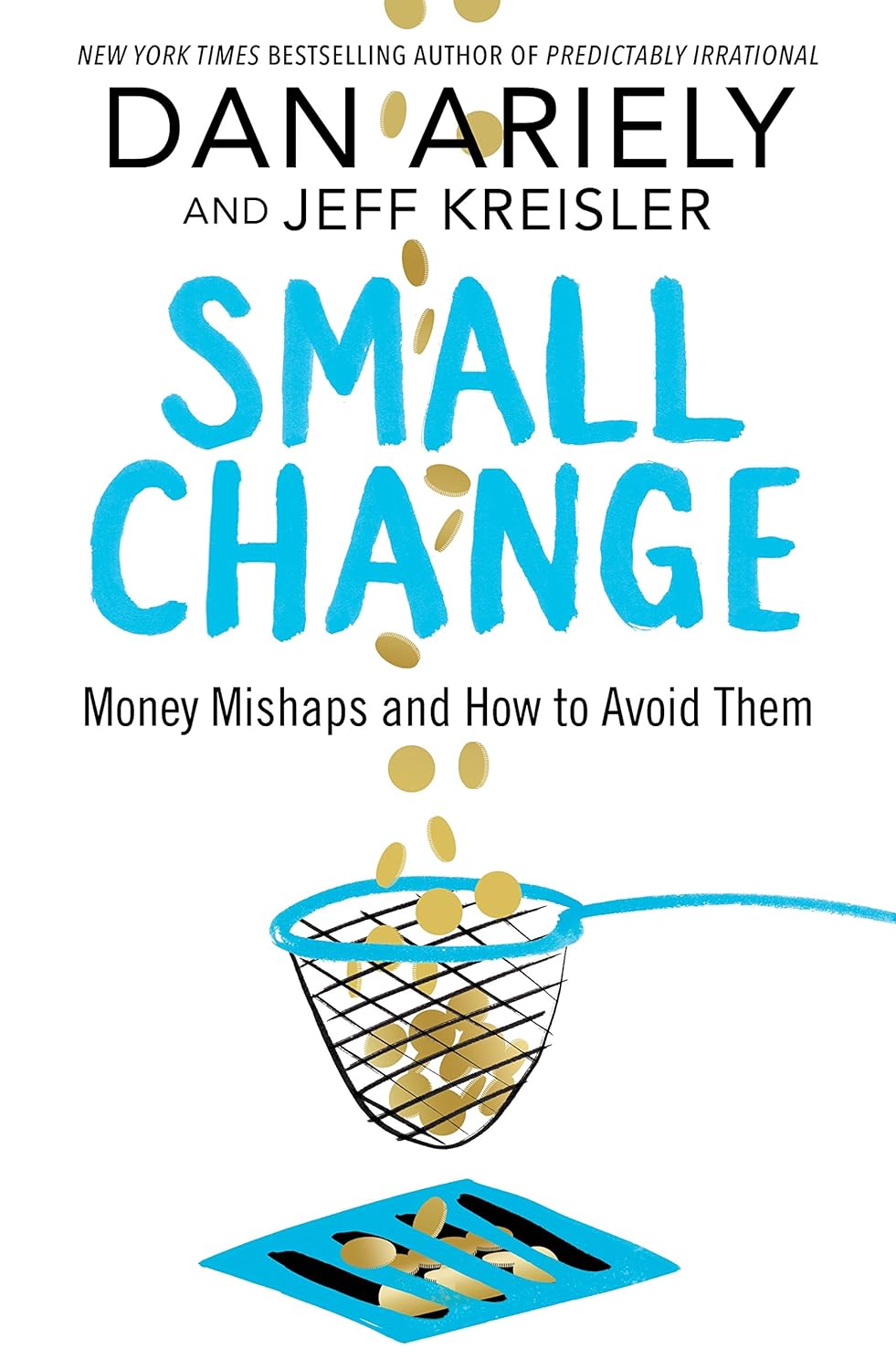Behavioral Pricing: What You Do = What You Pay
 PriceBeam
·
2 minute read
PriceBeam
·
2 minute read

To introduce the topic of behavioral pricing, I encourage you to ask yourself what you’re doing right now, and what that tells us. You just clicked on an article titled “Behavioral Pricing: What You Do = What You Pay”, which means you’re somewhat intellectually curious and statistically speaking, it hints that your income is above-average. We don’t know for sure, of course, and therefore, we’ll have to dig a little deeper.
Where did you see this article? LinkedIn, Twitter, Facebook? If the former is true (LinkedIn), this supports the hypothesis that you’re an educated professional with an above-average income. What device are you on? If you’re on an Apple product, well, then that tells us you don’t mind paying a high price for some products (again, statistically speaking).
But wait… You could be a student, too, which would drastically decrease your spending power. Hmm, we should probably look at your Facebook information. You didn’t indicate whether you’re a university student or not? Right. Then perhaps it can be inferred from the pages and posts you like on the platform.
Alright, enough. The point is that when consumers (such as yourself) are online, they’re leaving traces that firms can use to determine what you’re willing to pay. The introductory example focuses mainly on indicators of general willingness to pay, i.e. spending power, but the data that firms have at their disposal makes it possible to dig much deeper than that, and determine consumers’ willingness to pay for specific items. After all, a student may not have a high willingness to pay for organic food products, but he may have a tremendously high willingness to pay for the university text book that his professor decided to base his exam on.
Behavioral Pricing Analysis
Behavioral pricing analysis uses behavior to determine willingness to pay, rather than merely historical purchase data. This addresses the main challenge with historical purchase data that is it doesn’t reveal your current willingness to pay with any great statistical significance, whereas behavioral pricing can use very recent data. Your online behavior tells a comprehensive story about your income level, preferences, needs and taste which are crucial components in any willingness to pay calculation.
For example, so-called click paths on websites give a great indication of taste. If you’re looking for a coffee maker and you know your partner prefers one of those that uses coffee pods rather than coffee beans while you yourself are indifferent, then you’ll probably stay longer on a product page for a coffee maker that uses pods versus one that uses beans. Smart websites that use behavioral pricing will pick this up and adjust prices for both product types accordingly. And again, also here this can be done on narrowly specified features such as color, energy efficiency, capacity, etc.
Behavioral Analysis of Customer Biases
As we have touched upon in other articles, there are a variety of biases that influence willingness to pay (read full article). And when analysing consumer behavior on the internet, such biases often reveal themselves, and perhaps more interestingly, how likely a particular consumer is to adopt such bias.
For example, some consumers will react very favourably to promotions, and gain utility from purchasing something at a bargain, while others will find that a promotion makes a product appear less valuable. Some will, when purchasing several complementary items, evaluate the price of the entire product bundle, whereas others will focus on select ‘key value items’ when making their consumption choice. Phenomena such as these will show when analysing click-paths, too, and provide an essential input into a firm’s pricing.




